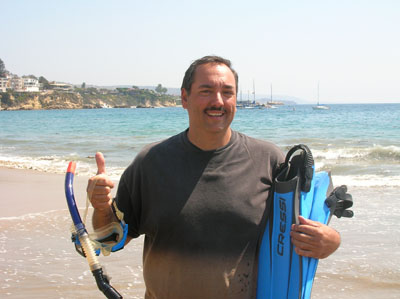How to get the full effect from caffeine in a how to get optimally wired overview
Caffeine is the most widely used stimulant in the world. Some choose to consume caffeine because they ‘acquired a taste’ for it, others (like myself for example) only choose to drink coffee it when they wish to fight off sleep.
There are a number of tips to help you get optimally wired when drinking coffee. Follow these guidelines to help you battle tiredness whilst maintaining concentration and your overall health.
1. Consume in small, frequent amounts
Due to caffeine’s liquid solubility, the stimulant is able to cross the blood-brain barrier quickly, although it usually takes 45 minutes to be fully ingested. Under normal circumstances, the effects of caffeine remain stable for approx an hour before gradually fading in the following 3-4 hours, depending on a number of factors.
A landmark study conducted in 2004 found that approx 20-200mg (depending on body weight: 0.3mg per kg) per hour may be an optimal dose for cognitive function. Finding this recommended dosage can support extended wakefulness, potentially by counteracting the homeostatic sleep pressure. Homeostatic sleep pressure builds slowly throughout the day acting on the prefrontal cortex (an area of the brain thought to be responsible for executive and higher cognitive functions.
Research has also found; at doses of 600mg, caffeine’s effects on cognitive performance can be compared to those of modafinil, a type nootropic used to facilitate learning.
2. Play to your cognitive strengths while wired
Caffeine has long been known to improve vigilance; however it is not always beneficial. Caffeine can increase work production, decrease attention lapses and may even benefit recall. But when it comes to more complex tasks, it is possible that caffeine may hinder performance.
It is advised that you plan your caffeine consumption accordingly prior to consumption.
In tests of lateral prefrontal function, caffeine was shown to only remediate some fatigue-related symptoms. For example, in a random number generation task (a commonly-used measure of prefrontal function), caffeine increased the quantity of numbers generated to pre-fatigue levels, but did not significantly affect more demanding aspects of performance: caffeine didn’t affect the likelihood of subjects generating numbers outside the acceptable range, or their tendency to perseverate on particular numbers.
Another study indicates the same is true of caffeine’s effect on the medial prefrontal cortex. In that study, sleep deprivation-related decrements on the Iowa Gambling Task were not mitigated by caffeine.
3. Play to caffeine’s strengths
There are certain factors which maximize or minimize the effects of caffeine.
Many people add sugar to their coffee; one study found that these caffeine/glucose mixes can provide benefits for enhanced cognition.
Some flavoniods such as soy are thought to affect the adenosine receptor antagonism in the same way as caffeine. The evidence showing that markers of caffeine metabolism are slowed down by flavoniods suggests that ingestion of these flavoniods might enhance the effects of caffeine.
Some studies also show that grapefruit juice may help keep caffeine levels in the bloodstream for longer, although others report no such affect.
Caffeine’s effects might be hindered green tea extract, Kava Kava or St. Johns Wort. All of these on contain theanine which is associated with subjective feelings of relaxation. It is important to note that other preliminary evidence would suggest otherwise, showing that theanine might actually potentiate the benefits of caffeine on certain tasks.
Nicotine is also known to speed the metabolism of caffeine.
4. Know when to stop – and when to start again
Long-term ingestion of caffeine (by way of coffee) is also associated with a number of health benefits including reduction in risk for type 2 diabetes (c.f.), Alzheimer’s and Parkinson’s . These beneficial effects may be related to the neuroprotective role of adenosine.
Established cognitive effects suggest that recall is best when matched with the context of encoding – for example if you’re caffeinated when you study for the test, you should be caffeinated when you take it.
Although caffeine may not seem addictive and dangerous, it is possible to become dependent on it and suffer withdrawal symptoms. Withdrawal symptoms can onset within 12 to 24 hours of caffeine consumption and last between 2 and 9 days.
Balance these concerns with the cognitive and health benefits associated with caffeine consumption – and appropriately timed resumption.
5. Finding good sources of caffeine
There is a large variety of caffeine sources out available; these range from caffeinated soap, to candy, chocolate and drinks.
However the optimal use of caffeine is likely to involve small, hourly doses along with cardioprotective agents. Something that also has health benefits such as green tea is a good idea.






